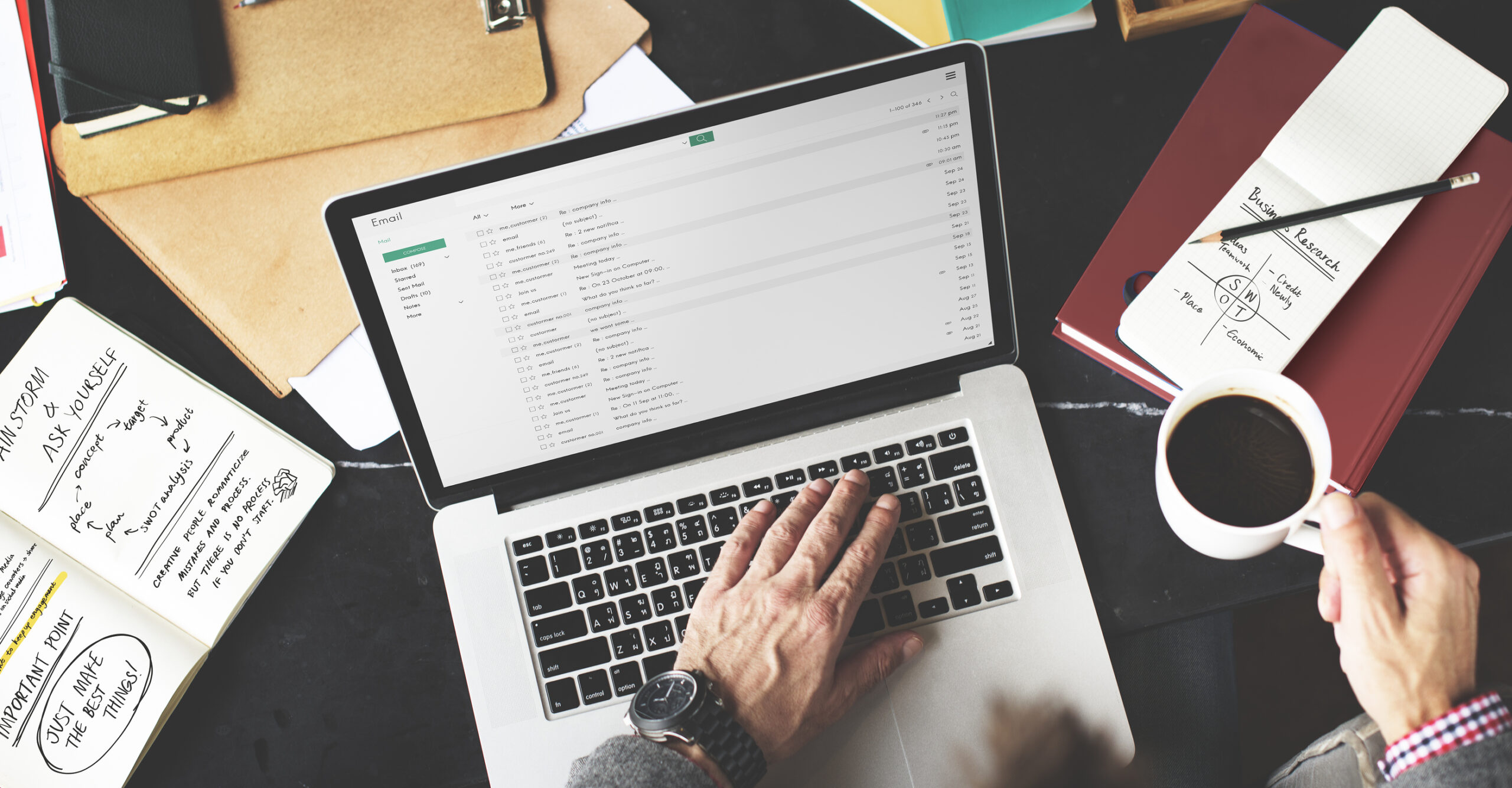In today’s digital age, email remains a cornerstone of communication, especially in professional and business contexts. Writing a professional email is more than just crafting a message; it’s about conveying your message with clarity, respect, and professionalism. Whether you’re applying for a job, reaching out to a client, or collaborating with colleagues, your ability to write a polished and effective email can significantly impact your credibility and success. In this guide, we’ll delve into the key elements of writing a professional email that commands attention and leaves a lasting impression.
Craft a Clear and Informative Subject Line
The subject line is the first thing your recipient sees. It should provide a clear indication of the email’s purpose, allowing the recipient to prioritize and categorize their inbox efficiently. A well-crafted subject line can increase the chances of your email being opened promptly.
Begin with a Professional Greeting
Address the recipient with an appropriate salutation that aligns with your relationship. Use “Dear [Recipient’s Name]” for a formal touch, or “Hello [Recipient’s Name]” for a slightly more casual tone. Avoid overly informal greetings, especially when corresponding with professional contacts.
Get to the Point Early
In the opening lines of your email, clearly state the purpose of your communication. Be concise yet informative, ensuring that the recipient understands the nature of your message from the outset. Avoid lengthy introductions that delay getting to the main point.
Organize Your Content Effectively
Break your email into distinct paragraphs or bullet points. Each paragraph should address a specific aspect of your message, making it easier for the recipient to follow your thoughts and respond accordingly. Organizational clarity reflects professionalism.
Maintain a Polite and Respectful Tone
Professionalism extends to tone. Be courteous, respectful, and considerate in your language. Avoid using slang, jargon, or overly informal expressions. Demonstrating respect through your language sets a positive tone for the entire interaction.
Provide Context When Necessary
If your email refers to a previous conversation, project, or meeting, provide a brief recap or context to ensure that the recipient can readily connect the dots. This helps avoid confusion and misinterpretation.
Use Correct Grammar and Punctuation
Errors in grammar and punctuation can detract from the professionalism of your email. Proofread your message carefully before sending, and consider using tools like spell-check to catch any oversight.
Be Clear and Specific
Clearly convey your message, request, or proposal. Use specifics and avoid ambiguity. If necessary, use bullet points or numbered lists to break down complex information into easily digestible components.
Choose a Professional Sign-Off
Conclude your email with a professional sign-off, such as “Sincerely,” “Best regards,” or “Yours faithfully.” Follow your sign-off with your name and relevant contact information, such as your phone number or LinkedIn profile.
Proofread Before Sending
Before hitting the “Send” button, take a moment to proofread your email. Check for typos, grammatical errors, and ensure that the content flows smoothly. A well-edited email reflects your attention to detail.
Attachments and Links
If you’re including attachments or links, mention them in the body of the email. Provide a brief description of what the recipient can expect to find, and ensure that the attachments or links are relevant to the content.
Respect Privacy and Confidentiality
Be cautious when sharing sensitive information via email. If you need to discuss confidential matters, consider using secure communication channels or encrypted email services.
Mastering the art of writing a professional email requires practice and attention to detail. By incorporating these key elements into your email communication, you’ll not only enhance your reputation as a clear and respectful communicator but also increase the likelihood of receiving timely and meaningful responses.


